As a spiritual abstraction or in its physical form, the Himalay commanded awe, wonder and reverence through the ages. The Himalayan region is such a blessed sanctuary on earth where the relics of ancient civilizations and cultures that dominated the Indian sub-continent at different periods may still be found, many of them in their pristine forms. The Himalayan architecture is one of such fascinating areas. The Himalayan architecture is as diverse and vast a subject as the Himalay itself. It reflects the collective religio-aesthetic aspirations and zeal of the people to create monumental edifices through their collaborative endeavour. And, to realize that objective, the innate ingenuity of the common people and their traditional knowledge-system have been the most valuable inputs. The present study involved a lot of traveling and fieldwork in the Himalayan interiors. Many of the sites had to be visited several times not only because of the unavailability of reliable published material on them, but also because many of the monasteries and temples have been undergoing repeated structural modification and renovations. Keeping track on such developments was necessary to make the study up-to-date. The Himalayan region can proudly boast of being a veritable paradise for archaeologists, architects, historians and the curious visitors. In the present study, an attempt has been made to bring forth with the nostalgic fervour a kaleidoscopic view of that archaeological and architectural wealth of this region. This work has been set in two volumes. The volume first is devoted to the study of Temples of the Himalayan region. In the first chapter, some of the outstanding types of Wooden temples spread in the interiors of the western and central Himalayan regions have been discussed. The second chapter is devoted to the important stone temples located at different places in Kashmir, Himachal Prades and Uttarakhand. The second volume is devoted to the study of Buddhist Monasteries, Forts & Castles, and Traditional Houses of the Himalayan region. In the first chapter, some of the important Buddhist monasteries of Ladakh, Lahul & Spiti and Kinnaur in the trans-Himalayan region have been dealt in detail. In the second chapter, important forts and castles of the Himalayan region have been discussed. The third chapter is devoted to the traditional houses. This chapter is of great significance, for it is for the first time that the traditional knowledge-system related to the construction of residential houses of the common people has been admitted to the realm of architecture.
Panorama of Himalayan Architecture (In 2 Volumes)
In stock
Free & Quick Delivery Worldwide
reviews
Bibliographic information
Title
Panorama of Himalayan Architecture (In 2 Volumes)
Author
Edition
1st ed.
Publisher
Indus Publishing Company, 2008
ISBN
9788173872129
Length
472p., 235 B/w Plates; Figures; Notes & References; Glossary; Bibliography: Index; 26cm.
Subjects



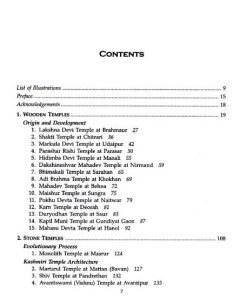
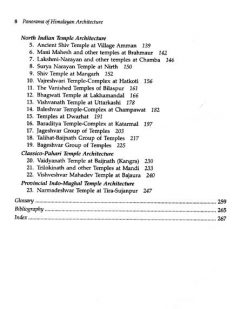
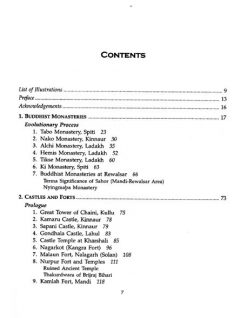
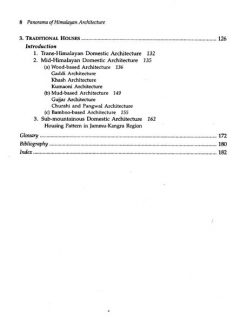
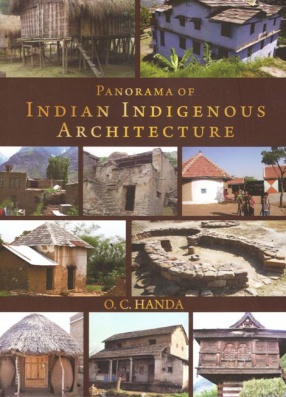

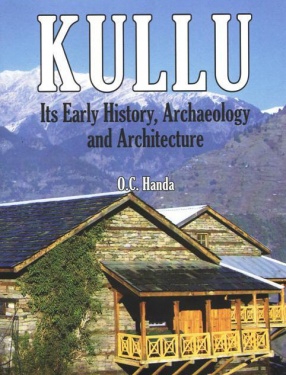
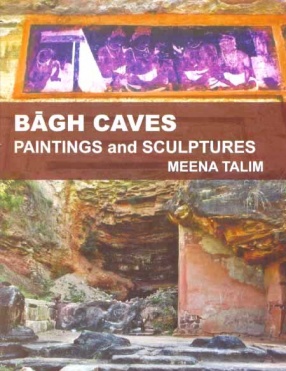


There are no reviews yet.